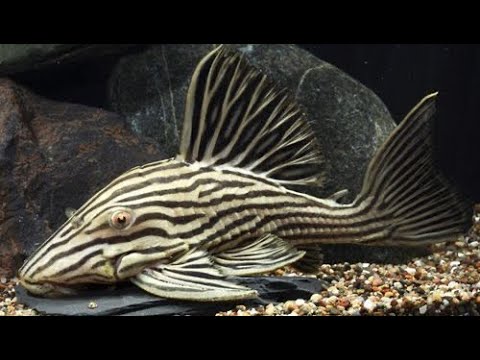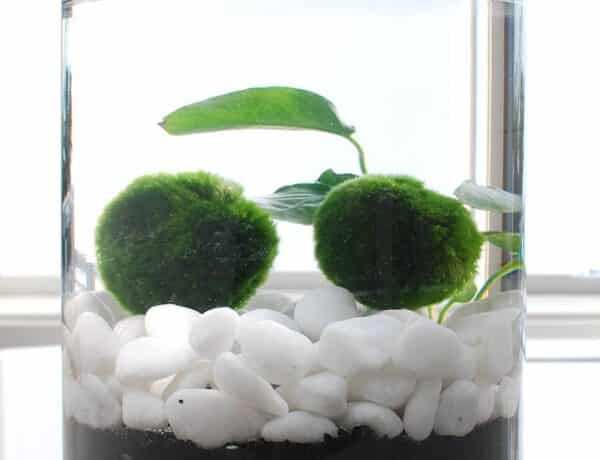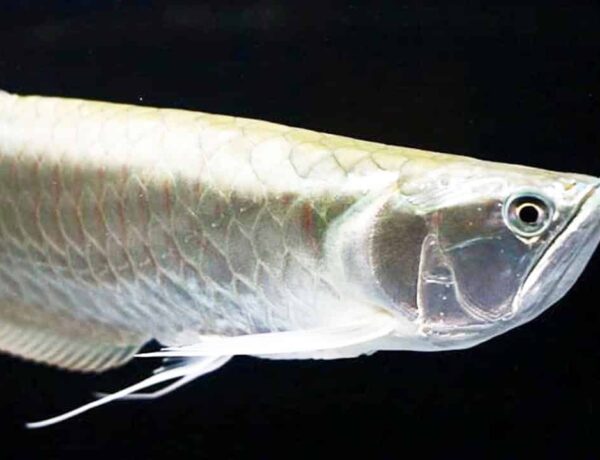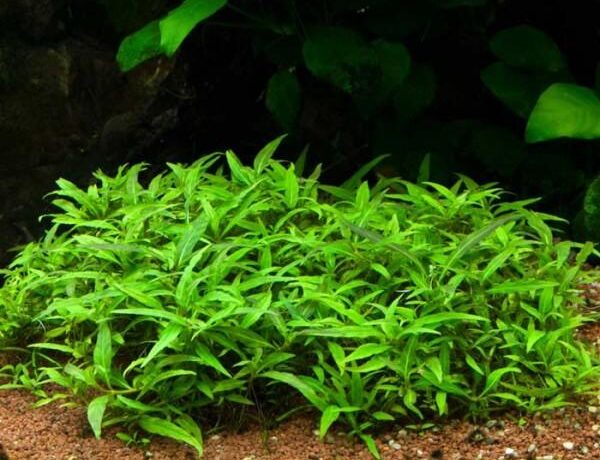Table of Contents
Introduction to Royal Pleco
The royal pleco is a popular freshwater aquarium fish which is also known as royal plec, royal panaque, Royal Black lined Panaque or Broken Line Royal Pleco. It is distributed from Colombia and Venezuela to the southern parts of the Amazon basin. They are present in both lower and middle Amazon, as well as in Rio Orinoco. It occurs in briskly flowing rivers and tributaries of South America where lots of clean well oxygenated water flow, large amounts of submerged drift wood, root structures and fairly dense areas of vegetation are available.
Royal Pleco’s Overview
The Royal panaque is a very popular fish among aquarium hobbyists due to their unique striped pattern and attractive coloration. It also exhibits an interesting body type that features a bulky ‘top heavy’ appearance with strong sucker type mouth. Body is dusky yellow or dark grey in color with many horizontal dark bands that run from the nose to the caudal fin. The eyes vary from a deep orange to bright red in color. The body is covered with heavy armour except for belly. The dorsal fin is dark with white tips while the pectoral fin is prominent with thickened first rays with small bristles. It prefers good water chemistry with pH of 6.5-7.5, a temperature range of 74-79° F and fairy soft water hardness that ranges from 6 to 10 dGH. The royal pleco is a herbivorous fish which consume a wide variety of foodstuffs that range from decaying wood and vegetation to meaty foods and other detritus. In captive condition, they accept an algae wafers, pellets and flakes along with frozen or live brine shrimp. They also accept a cooked peas, blanched spinach, lettuce or kale, zucchini, cucumbers, and green beans. It grows up to 43 cm in length and can live up to 20 years.
Scientific Name: Panaque nigrolineatus
Common Name: Royal plec, royal panaque, Royal Black lined Panaque or Broken Line Royal Pleco
Origin: South America
Adult Size: 43 cm in length
Behavior: Peaceful
Tank Level: Bottom
Minimum Tank Size: 125 gallons
Diet: Herbivore
Breeding: Egg layers
Care level: Easy
Water pH: 6.5-7.5
Water Hardness: 6-10 dGH
Water Temperature: 74-79° F
Water Movement: Strong current
Lighting: Moderate – normal lighting
Lifespan: 10 -20 years
Background of royal pleco
The Royal Black lined Panaque is a handsome sucker mouth catfish. It was described and named by Peters in 1877. There are several different color variations of royal pleco when it is purchased from the shops and they have also been assigned an L-number such as L190, L027 etc. Generally speaking, Juveniles Royal plecos from Colombia and Venezuela have barred caudal fin rays while juveniles from Brazil have solid or plain caudal fin rays. The genus name ‘Panaque’ is the Venezuelan name for the fish. The species name ‘nigroloneatus’ is derived from two words ‘nigro’ which means black and ‘lineatus’ which means line. The name is a reference to the black stripes that decorate the body of this fish. It belongs to the family Loricariidae under order Siluriformes of class Actinopterygii.
Feeding royal pleco
The royal pleco is a herbivorous fish which consume a wide variety of foodstuffs that range from decaying wood and vegetation to meaty foods and other detritus. In captive condition, they accept a varied diet of algae wafers, pellets and flakes along with frozen or live brine shrimp. They also accept cooked peas, blanched spinach, lettuce or kale, zucchini, cucumbers and green beans. Wood is an important part of their diet and it must be offered in the form of bogwood or driftwood. They are nocturnal, so night feeding is recommended and feed should be supplemented once or twice a day.
Housing Royal Pleco
The Royal pleco is a very valuable aquarium fish which is attractive to aquarium hobbyists. The unique body shape and overall appearance of royal pleco makes excellent additions to any freshwater community aquarium or semi aggressive New World Chicklid aquarium. The pleco is peaceful fish and prefers to rest or slowly graze over the aquarium bottom and do an excellent job of cleaning unwanted algae from the bottom and sides of the tank. It requires 125 gallons tank with plenty of space for swimming. The tank should have plenty of submerged driftwood and root structures, some areas of the aquarium shaded by vegetation or rock formations and clean well filtered water with at least moderate water flow. Rocks and driftwood help to create their natural habitat and provide hiding spaces to reduce stress. The royal pleco prefers good water chemistry with pH of 6.5-7.5, a temperature range of 74-79° F and fairy soft water hardness that ranges from 6 to 10 dGH. It does not like to share its territory with members of its own species or similar species. It is friendly towards other types of fish and can be kept in community aquariums without problem. Suitable tank mates include Angelfish Discus, African Cichlids, South American Cichlids, Tetras, Barbs, Danios, Rasboras, Gouramis, Rainbowfish, Guppies, Platies, Mollies, Swordtails, Loaches and Scavenger Catfish etc.
Breeding Royal Pleco
The Royal Pleco does not breed in captive condition and little is known about their breeding habits. Generally it breeds in rainy season. The rainy season typically brings cooler, softer and more acidic water with plenty of meaty food and green foods. For breeding of royal pleco, use rain water and do major water change which influence the breeding performance. In this case 30 % water changes should be done for several weeks until the male show interest in making a cave. The added water should be a few degrees cooler than the tank water temperature and have a pH of 7.0 or slightly lower than 7.0. Before spawning, fish should be conditioned with fresh vegetables and protein foods which encourage spawning. Feeds include spinach, peas, vegetable flakes, live and frozen bloodworms and brine shrimp and carnivorous fish food. The female lays their eggs in some kind of cave. The eggs hatch in 5-10 days and about 3-4 days later fry becomes free swimming. At this time fry should be fed with green flake food, mashed and peeled peas or other baby food.
Sexing Royal Pleco
There is no visible difference between the male and female but it is possible to sex them by observing genital papilla. The female genital papilla is rounded and blunted while in the male it is smaller and have a pointed shape.
Royal Pleco for sale and where to buy
The Royal Pleco is a very peaceful fish which can make excellent additions to any freshwater community aquarium or semi-aggressive ‘New World Cichlid aquarium’. There are several varieties of Royal plecos and are commonly traded as aquarium fish. These varieties are Tapajos pleco, watermelon pleco, olive pleco, Tocantins pleco, Xingu pleco etc. To buy your favorite variety, see below online vendor and ask them details about plecos that I would recommend from.






No Comments